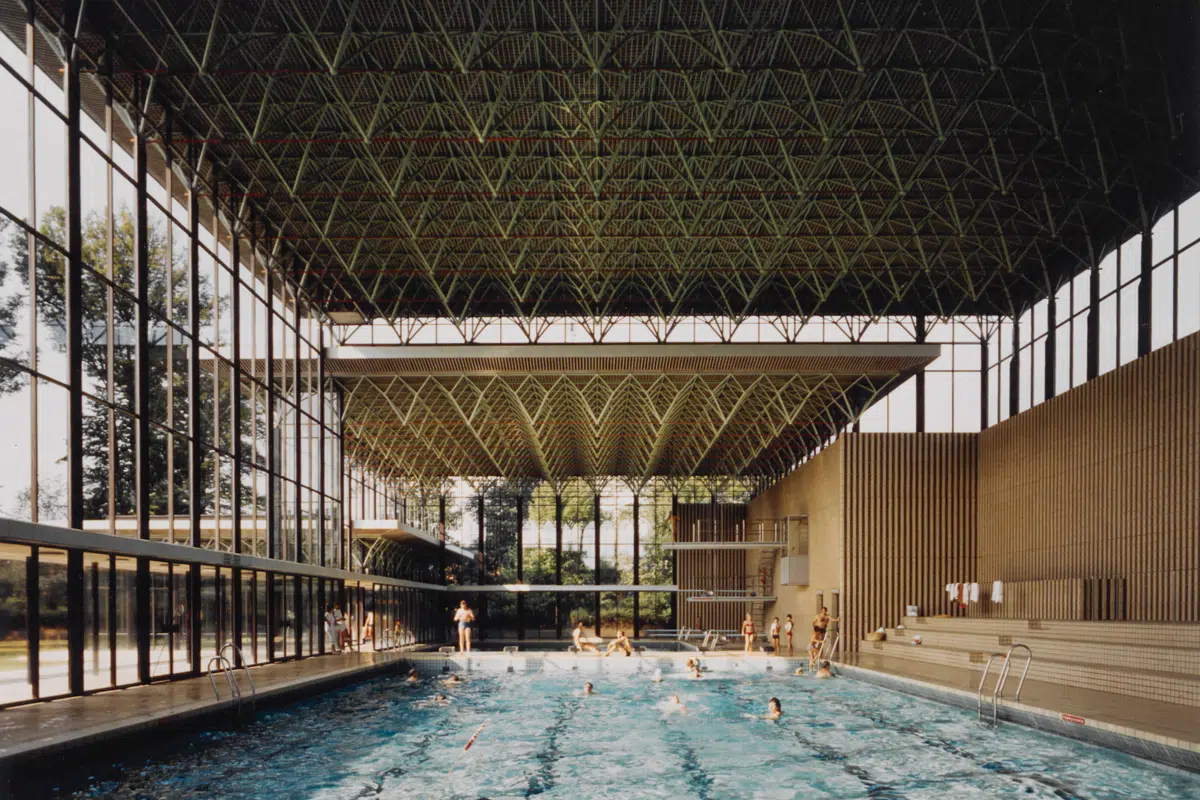Women
in
Architecture

Exhibition
May 13 – October 23, 2022
Discover fascinating and never-before-told stories of women in architecture in our latest exhibition: “Women in Architecture”.
Did you know that architects Ragna Grubb, Karen Hvistendahl and Ingeborg Schmidt were among the first to speak out in support of the idea that every member of the family should have their own room? Or that Ulla Tafdrup opened the dividing walls between kitchen and dining room, paving the way for the now familiar open-plan kitchen and dining area? Or that it was Hanne and not Poul Kjærholm who designed the couple’s iconic home in Rungsted?
Women architects have been relatively difficult to find in the annals of architecture history. They have not put their names on as many large and spectacular projects as their male colleagues, nor have they designed our city halls, banks and churches. Nonetheless, the architectural achievements and breakthroughs of women architects have greatly shaped society and the world we live in today.
★★★★★ Kristeligt Dagblad
★★★★ Berlingske
♥♥♥♥♥ Politiken
Explore the exhibition


Photos: Laura Stamer
Take a tour
Meet curator Sara Hatla Krogsgaard and hear her talk about the exhibition.
Meet the architects
Déborah Mesa Molina
Ensamble Studio
Siv Helene Stangeland
Helen & Hard Architects
Tatiana Bilbao
Tatiana Bilbao Estudio
Stories from the exhibition

Photo: Ensamble Studio
A Room of One’s Own
This exhibition is inspired by author Virginia Woolf’s masterpiece “A Room of One’s Own” from 1929. Woolf’s main theme is that if women are to be able to create anything of importance, they must be financially independent. They must have a room of their own, in both a physical and metaphorical sense – and not just for the sake of women, but for the good of all.
In the exhibition, three of the most prominent international women architects of today offer their take on what “A Room of One’s Own” means to them. Check out the spectacular installations by three distinctly different studios: Tatiana Bilbao (Mexico), Siv Stangeland (Norway) and Débora Mesa (Spain).


Voices from Today
Join us as we give the floor to some of the women architects who are designing Denmark today. Some prefer not to be referred to as women architects, but simply as architects. Others engage in the public debate on gender issues and demand equality. Hear them share their stories and experiences in the architectural profession. What inspires them? What challenges do they see? And what are their hopes and dreams for the future?
Untold Stories
The exhibition comprises a series of spaces – or rooms – where you can delve into Danish architectural history and (re)discover projects created by women Danish architects. What opportunities did these women have? And what is the legacy they left behind?
In the exhibition, we spotlight some of the women through history who played a pivotal role in conceptualizing, designing and building Denmark. Here you will discover fascinating, never-before-told stories, exquisite architecture and an overarching societal narrative about how gender roles have evolved over time and how architecture always reflects its present.

Photo: Laura Stamer, Female Forces of Architecture (Rikke Lequick Larsen og Tanja Jorden)
Women’s Building
A woman won an architecture competition for the first time in Danish history in 1934. The woman’s name was Ragna Grubb, and she must have had an iron will, because back then it was unheard of for a woman to run her own architectural studio.
Kildeskovshallen Public Bath and Sports Center
Kildeskovshallen is considered to be one of the most beautiful public baths and sports centers in Danish post-war architecture. The refined technological architecture is the brainchild of architects Karen and Ebbe Clemmensen and landscape architect Agnete Muusfeldt.

Photo: Aage Strüwing

Women in Danish Architecture 1925–1975
The exhibition is inspired by a new research project from the University of Copenhagen that studies women’s contribution to Danish architecture, landscape architecture and urban planning; women who helped to design Denmark, yet many of whom were never written into the history books, stood in the shadow of a spouse, or whose names have been forgotten entirely. The story of the forgotten women starts in 1925, but is perfectly on topic today.
The research group is composed of Henriette Steiner, researcher and project manager; Svava Riesto, researcher and project manager; Jannie Rosenberg Bendsen, researcher and architecture historian; Frida Irving Søltoft, project assistant; Liv Løvetand, visual communication; and Mathilde Merolli, head of communication.
The exhibition is developed by Danish Architecture Center
The exhibition is developed by Danish Architecture Center. The Archive is developed in collaboration with the research project Women in Danish architecture: A new history of gender and practice at Copenhagen University.


